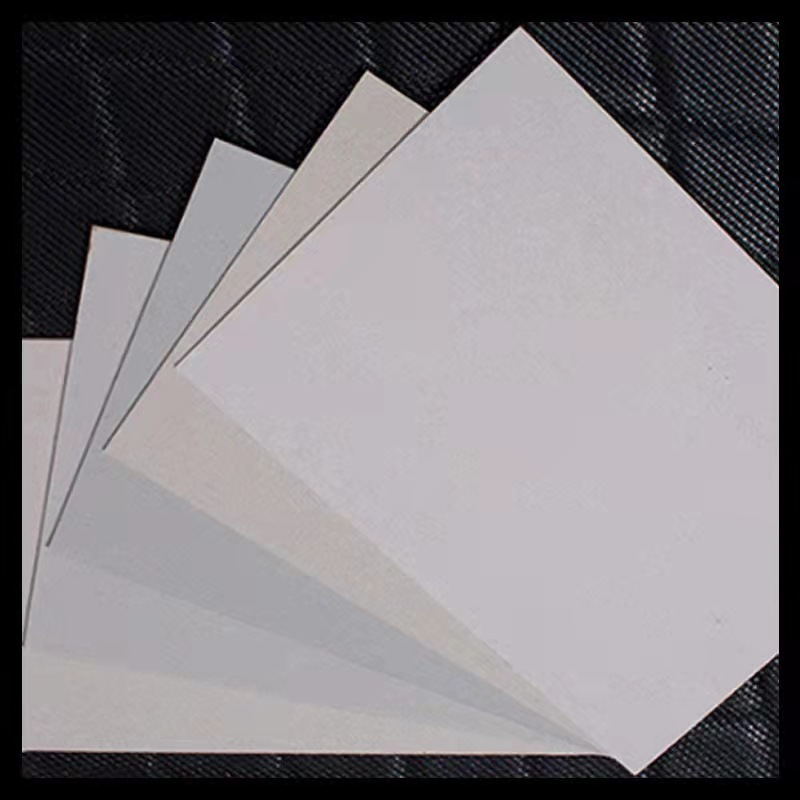- Home
- Wholesale Production Process for Duplex Paper Manufacturing and its Industry Insights
nov . 10, 2024 08:43 Back to list
Wholesale Production Process for Duplex Paper Manufacturing and its Industry Insights
The Wholesale Duplex Paper Manufacturing Process
Duplex paper, known for its superior strength, brightness, and smooth finish, is widely used in packaging and printing applications. The manufacturing process of duplex paper is intricate and involves several stages, ensuring that the final product meets the high standards required by the industry. This article delves into the wholesale duplex paper manufacturing process, exploring the key steps involved and the importance of quality control.
Raw Material Selection
The journey of duplex paper begins with the selection of raw materials. The primary components of duplex paper are recycled paper and wood pulp. Manufacturers carefully choose high-quality recycled fibers to ensure the final product is both strong and environmentally friendly. The use of recycled materials not only reduces waste but also contributes to the sustainable practices within the paper industry.
Pulping Process
Once the raw materials are selected, the next step is the pulping process. In this stage, the recycled paper is shredded and combined with water and chemicals to create a slurry. This mixture is then subjected to mechanical and chemical processes to break down the fibers and remove impurities. The result is a thick pulp that is the basis for duplex paper. The pulping process is critical, as the quality of the pulp directly influences the texture and strength of the finished product.
Sheet Formation
After pulping, the slurry is sent to a fourdrinier machine—a key piece of equipment in the paper manufacturing process. Here, the pulp is spread onto a moving mesh conveyor belt, allowing the water to drain away and the fibers to bond together. As the sheet forms, it goes through various rollers that help in pressing and drying it, resulting in a continuous sheet of wet paper. This stage is crucial as it determines the initial weight and thickeness of the duplex paper.
Drying and Finishing
wholesale duplex paper manufacturing process

The wet sheets of duplex paper then enter the drying section, where they pass through heated cylinders that evaporate any remaining moisture. This step is vital to ensure the sheets are dry enough for further processing. Following the drying process, the paper may undergo various finishing treatments, such as calendering. Calendering involves passing the paper through rollers to improve its smoothness and gloss, enhancing its visual appeal for printing applications.
Coating and Quality Control
To achieve the desired brightness and printability, duplex paper often undergoes a coating process. This involves applying a layer of coating materials, such as clay or chemicals, to enhance the surface properties of the paper. The coatings help to improve the paper's opacity, smoothness, and ink receptivity, making it an ideal choice for high-quality printing jobs.
Quality control is integral throughout the entire manufacturing process. Manufacturers conduct rigorous tests to check the paper's weight, thickness, brightness, and tensile strength at various stages. This ensures that any defects are detected and rectified before the paper rolls are sent out for wholesale distribution.
Packaging and Distribution
Once the duplex paper pass all quality checks, it is cut into specific sizes and packaged for distribution. Manufacturers take great care in packaging to prevent damage during transportation. The final product is then shipped to wholesalers, who distribute it to printers, packaging companies, and other end-users.
Conclusion
The wholesale duplex paper manufacturing process is a complex but fascinating journey from raw materials to finished product. Each stage, from pulping to quality control, plays a crucial role in ensuring that the duplex paper meets industry standards. As demand for eco-friendly and high-quality paper continues to rise, innovations in manufacturing processes will be essential for sustainability in the paper industry. With its versatility and reliability, duplex paper will remain a staple in packaging and printing for years to come.
Latest news
-
High-Quality Bathroom Cabinet Contact Paper – Durable & Stylish Leading Suppliers, Exporters, Manufacturers
NewsJul.08,2025
-
Premium Wood Contact Paper for Desk – Reliable Suppliers & Exporters
NewsJul.08,2025
-
Premium Contact Paper for Table Top – Durable & Stylish Surface Solution from Leading Manufacturer
NewsJul.07,2025
-
Duplex Board with Grey Back - Reliable Supplier & Competitive Price Manufacturer & Exporter
NewsJul.07,2025
-
Premium White Contact Paper on Cabinets – Trusted Exporters & Suppliers
NewsJul.06,2025
-
High-Quality Duplex Board Packaging for Food Reliable Manufacturer & Supplier
NewsJul.06,2025

